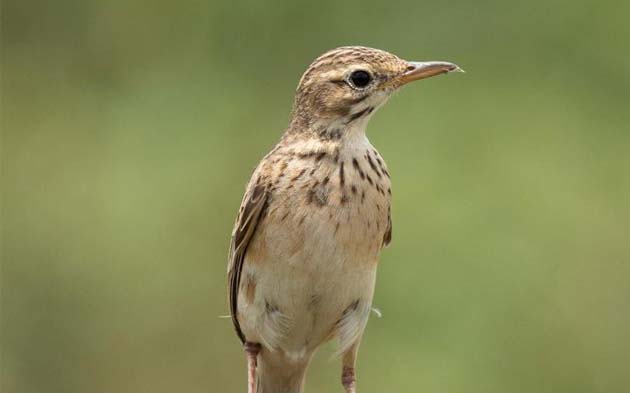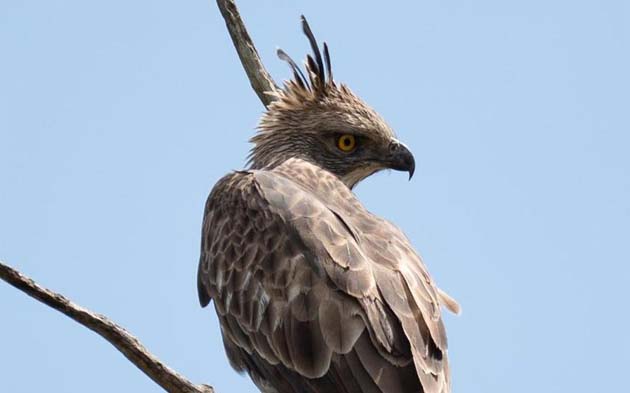Ads
Udawalawe National Park is home to herds of elephants, exotic wildlife, & breathtaking landscapes. Plan your visit and embark on an unforgettable safari adventure, nestled on the border of Sabaragamuwa and Uva Provinces, stands as a testament to the country's commitment to wildlife conservation. Established on June 30, 1972, this 308.21 km² sanctuary is a haven for diverse flora and fauna, offering visitors a unique and immersive experience.
"What an incredible safari at Udawalawe! Witnessing the majestic herds of elephants up close was a dream come true. The landscapes are truly breathtaking. Highly recommend!"
The heart of Udawalawe is the 308.2 sq km Uda Walawe Reservoir, creating a stunning backdrop against lightly vegetated plains. Unlike some dense jungles, the park's sparse vegetation enhances the beauty and simplifies wildlife observation, making it an ideal destination for nature enthusiasts.


Elephants reign supreme in Udawalawe, with approximately 600 majestic creatures roaming freely in herds of up to 50. The park boasts an elephant-proof fence along its perimeter, a measure to protect both elephants and the local human and cattle populations. Prime times for elephant watching are from 6:30 am to 10 am and 4 pm to 6:30 pm, providing optimal opportunities to witness these gentle giants in action.
Ads
Udawalawe isn't just about elephants; it's a biodiverse wonderland. From mongooses, jackals, and water monitor lizards to crocodiles, sloth bears, and the occasional leopard, the park offers a rich tapestry of wildlife. Bird enthusiasts will be delighted by the 210 species, including seasonal migrants from November to April.
Udawalawe is a sanctuary for rare species such as the Rusty-spotted Cat, Fishing Cat, and the Sri Lankan Leopard. It also houses the Sri Lankan Sambar Deer, Axis Deer, Indian Muntjac, and more. The park's commitment to conservation is evident in the presence of threatened species like the Sri Lankan Elephant.
Udawalawe plays a crucial role in conserving the threatened Sri Lankan Elephant, with 600 to 700 residing within the park's boundaries. Observing these elephants in their natural habitat is not only awe-inspiring but also contributes to their preservation. The park, spanning 31,000 hectares in the southern dry zone of Sri Lanka, provides an expansive habitat for diverse wildlife.
Ads
The Udawalawe Reservoir, situated within the park, covers about 29,000 hectares and draws water from various reserves. It has become a vital breeding ground for aquatic birds, adding to the park's ecological significance. Surrounded by open plains and foothills, the reservoir is a serene centerpiece within Udawalawe.
To witness the spectacle of Asian Elephant herds, plan your visit between October and January. The park, just one and a half hours from Ella, offers morning safaris, allowing you to explore its wonders and return to Ella the same day. A three-hour jeep safari provides an immersive experience, showcasing the park's beauty and wildlife diversity.
Udawalawe National Park stands as a testament to Sri Lanka's dedication to preserving its unique biodiversity. From awe-inspiring elephant herds to elusive leopards, the park offers a glimpse into the wonders of nature. Plan your visit to Udawalawe for an unforgettable safari adventure and contribute to the conservation of Sri Lanka's precious wildlife.
Ads
Yes, Udawalawe is conveniently located one and a half hours from Ella, making it perfect for a day trip. You can enjoy a morning safari and return to Ella on the same day.
The optimal time to observe Asian Elephant herds is between October and January. Plan your visit during these months for the best wildlife viewing experience.
Udawalawe is home to 210 species of birds, with northern migrants joining the residents between November and April. Bird enthusiasts will find plenty to marvel at in this diverse ecosystem.
The Udawalawe Reservoir, covering about 29,000 hectares, is a crucial breeding ground for aquatic birds. It plays a vital role in supporting the park's ecosystem and conserving Sri Lanka's rich biodiversity.
Udawalawe's stunning natural beauty, diverse wildlife, and the presence of iconic species, particularly the Sri Lankan Elephant, contribute to its popularity, making it second only to the renowned Yala National Park.
Book Your Safari